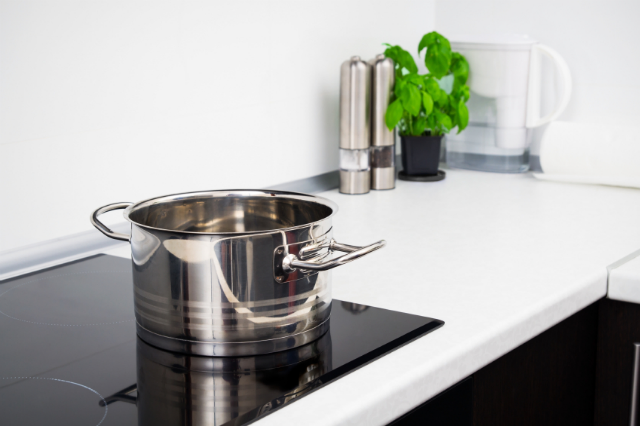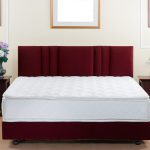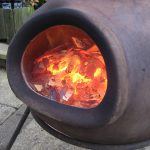Induction ranges are all the rage in kitchen upgrades today. Home makeover shows love them! You can’t flip the channel on your TV without seeing a shiny new kitchen fitted with an induction range, so who could blame you for dreaming of putting one in your home? The process of induction happens by directly heating a cooking vessel instead of allowing heat to transfer from coils like a standard stove. But is it a good fit for you? What are the pros and cons of induction ranges?
Quicker cook times
Do you love fast meals? An induction range can decrease your cooking time. It may seem like magic, watching water boil in the blink of an eye. It should come as no surprise that induction ranges first gained popularity in restaurants because they allowed chefs to prepare meals faster and serve more customers in a shorter amount of time.
Element of safety
Induction ranges eliminate the need for open flames or hot coils like other traditional stoves. This can cut down on the number of injuries during food preparation. If you’re tired of getting blisters on your wrists every time you whip up a big meal for the family, it might be time to upgrade.
Cleaning benefits
You will certainly appreciate the smooth surface of an induction range if you have ever had to scrape burnt crumbs out of a stovetop grate before. With no grates or grease catchers to worry about, cleaning up after cooking with an induction range is a breeze. Simply use a damp cloth and wipe over the flat, easy-to-clean surface.
Keep the heat out
On a hot day, an oven can be killer for the person stuck cooking indoors. Traditional gas or electric stoves generate a lot of heat, most of which is wasted when it doesn’t go toward cooking food. Induction ranges produce almost no ambient heat. This makes cooking for large crowds much more pleasant.
Drawbacks to consider
Induction ranges are not without their drawbacks for the average homeowner. The first thing that stops many people from diving into induction is the price tag. Induction ranges carry a much heavier price tag than their gas or electric counterparts. Induction ranges usually cost up to double the amount of alternatives. This can set the average customer back anywhere from $1,500 to $6,000.
The price of new cookware
You might need to toss out all of your cookware if induction is in your future. Induction ranges have very specific rules for what type of cookware you can use. The induction process only works with cookware that can be magnetized. This means you need an entire collection of pots and pans that are cast iron or a certain variation of stainless steel. The need to replace all of your cookware can certainly contribute to the bottom line of your kitchen upgrade.
The choice of whether or not to outfit your kitchen with an induction range is a matter of personal preference for homeowners. This method of cooking has many practical benefits and tons of aesthetic allure. But the introduction of induction to your kitchen is not without its setbacks, so it is important to take time to consider your cooking habits and the needs of your lifestyle before making a decision.
If you decide to upgrade, be sure to protect your new induction cooktop with warranty coverage from American Home Shield.
Post Author: andyc.




